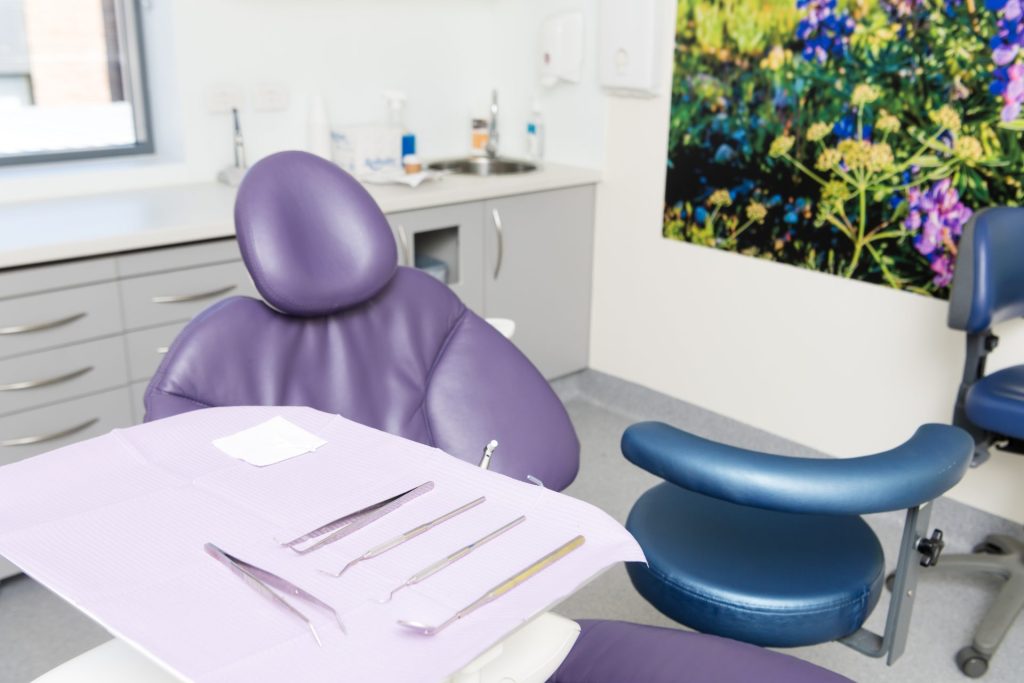
Support your bone structure with bone grafts
A dental bone graft, also known as dental bone augmentation, has never been simpler thanks to innovative dental technologies and advancements in material science. Our highly experienced dentists at The Village Dentist, our Castle Hill dental practice, have the expertise and commitment to ensure you have a comfortable and successful bone graft treatment.
Dental bone grafting serves to strengthen your jaw bone by replacing lost bone or adding support to areas of your jaw that require additional structure. This procedure might be to prepare your oral structure for dental implants and other dental treatments or to replace bone affected by bone loss as a result of gum disease or tooth loss.
What is a dental bone graft?
A dental bone graft, thanks to modern technology, is a relatively small surgical procedure for inserting bone grafts into your jaw bone that eventually fuse to strengthen your jaw. The bone your Castle Hill dentist inserts into your jaw might be synthetic, donor or from your own body’s bone composition.
When having a bone grafting procedure at our Castle Hill dental clinic, you can expect the following:
- The first step of bone grafting, as with most oral surgery procedures, is the administration of local anesthetic to the area receiving treatment. This numbs the area, meaning you won’t feel a thing!
- Your dentist then thoroughly cleans the area and makes a small incision in your gum where you require a bone graft.
- Your dentist separates your gum from your jawbone, allowing them to insert the graft.
- To ensure the bone graft sticks to your jawbone, your dentist applies an adhesive that dissolves over time. By the time the adhesive dissolves, the graft should have fused with your jawbone.
- The last step in the procedure is when your dentist closes your wound with stitches that, like the adhesive, also dissolve over time.
When do I need a dental bone graft?
The best way to know if you require a bone graft is to book an appointment with a dentist at our Castle Hill dental practice. They can conduct x-rays and assessments to determine the extent of bone loss and damage. This can indicate the type of bone graft you might require. There are several reasons you might require a bone graft, which you can explore below:
Preparation for a dental implant
If you require a dental implant after a tooth extraction or to otherwise replace missing teeth, your jaw’s bone structure might require additional support. When having dental implants, you have small titanium screws placed in your jawbone. For these screws to be stable enough to have a prosthetic tooth attached to, you require a strong enough jaw structure, which a bone graft can help with.
Bone deterioration from tooth loss
The best solution for preventing bone deterioration after tooth loss is to perform a bone graft at the same time as we extract a tooth. However, if you’ve experienced tooth loss in the past, there’s a possibility the bone that once supported the tooth might have deteriorated. A bone grafting procedure can stabilise the jaw structure, preventing further bone loss and even regenerating lost bone. Even if you’re not receiving dental implants, bone grafting can help maintain your jaw’s structure for whatever you decide to do in the future, whether it be a bridge or a denture or nothing at all.
Gum disease
Gum disease is a common dental problem affecting many Australians and individuals around the world. The most common forms are gingivitis and its more serious counterpart, periodontitis. If you leave these conditions with no dental treatment, they can cause serious dental issues, including tooth loss and subsequent bone loss. If you have or are experiencing severe periodontitis, you may require a bone graft to make your jaw structure more stable.
Aftercare treatment for a dental bone graft
As with many oral surgery procedures, you may experience bleeding, swelling and discomfort. Fortunately, there are some helpful tips you can follow to ensure a speedy and comfortable recovery after a bone grafting procedure:
- The most important step to follow is usually to organise a dental visit for a follow-up appointment so an experienced dentist can assess the progress of your recovery.
- A simple at-home method for minimising pain and reducing swelling is to apply ice packs to the affected areas.
- It’s usually best to avoid strenuous exercises, especially if it involves potential contact with the head, as this can damage the stitches and hinder the healing process.
- Avoid sticky and hard foods that might damage the stitching near the incision site.
- To ensure a more comfortable sleep and prevent excessive bleeding overnight, you can sleep with your head slightly elevated.
